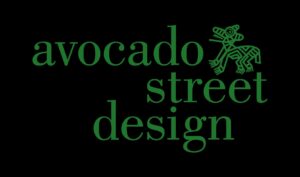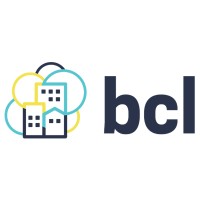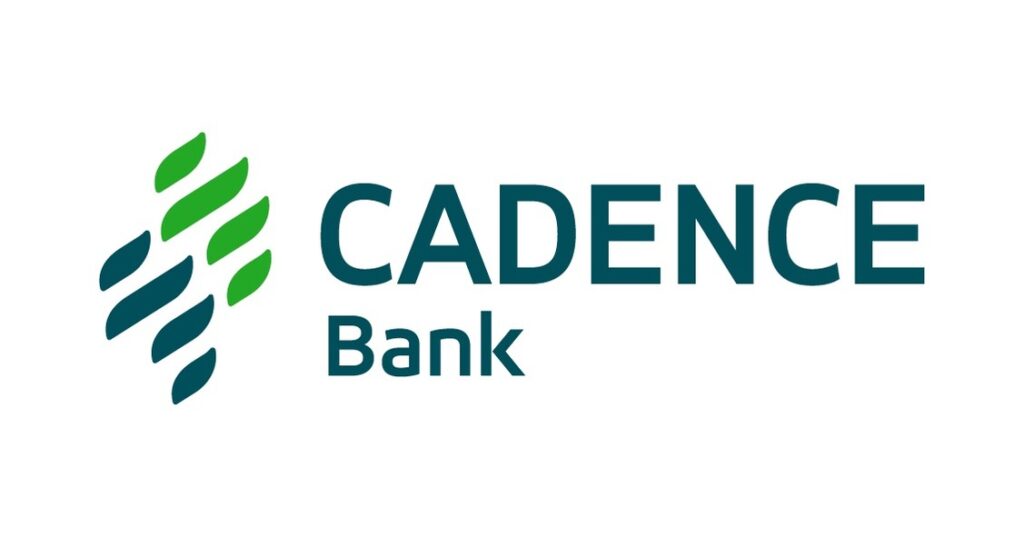
Allow me to share three stories that led me to be connected with each of you as Comadres and prepared me to be a leader for this moment.
It’s September 1996, I just became, on the same day, a Latina and a woman of color. Let me explain.
I am 23 years old, and am relocating to Connecticut, where I will go to graduate school. I don’t know what to expect when I meet my sponsoring professors, but I am quickly reassured they will be my mentors and have my back because within six months they invite me over for Passover seder and introduce me to people in the large Puerto Rican community in Hartford. Puerto Rican’s in Connecticut are a mix of descendants of the first wave of migration to the state following World War II, who came to work on tobacco fields, as well as people moving from large US cities or the Island. As I get to know my classmates, my teachers, and my work colleagues at The University of Connecticut’s Department of Community Medicine, I realize they don’t all see me as a Puerto Rican.
I don’t remember exactly the words my mentor Dr. Jay Schensul, uses, but she refers to me as a Latina and woman of color. I pause, and there is a long silence, and I see that she notices the pause in our conversation.
So, I ask: “what do you mean by that?”
You see, I am starting to wonder why every time I fill out any form for Graduate School applications, new employee forms, financial aid forms, I must pick a way to identify myself that is foreign to me: “Please select your race/ethnicity”, followed by a list of choices that I do not relate to. I’m thinking “where’s the box for Boricua? where do I mark Puerto Rican?”
Because I am training to be a public health researcher, in time I learn that (at least in this country) we like to label and categorize people using – to be very frank –these unnatural ways of sorting.
As a student I wonder, how useful is this?
I read and study where these categories of Hispanic and Latino come from. I learn that, starting in 1970, the Census Bureau offers people the option to choose from these categories of Hispanic and Latino. I learn it starts as an effort to understand and make sense of the needs of people with…, well…, some people would say, similar origin stories. People from countries that share histories of colonization, mestizaje, and slavery.
I begin to accept this labeling, and I am happy to do so for the most part. Except when that label comes with assumptions about what I think, what I believe, how I behave, and what I value. Because – in accepting belonging to this category of Latina, I accept all that comes with it. And that includes the uniformity of the label.
Over time I come to understand the label of Latina differently. It serves another purpose: the purpose of building community with other people also getting the proverbial short end of the stick. I am not shedding my puertorriqueñidad (my Puerto Ricanness), instead, I agree to this externally imposed categorization because it grows my circle of belongingness.
The lesson from 1996 is that labels and identities create boundaries.
Identities create boundaries by putting us in a box, sorting us into a category. Sometimes we can choose the size of the edges of these boundaries, or mix and match identities, a concept called intersectionality:
- There’s the smaller unit of country of origin,
- or slightly larger identity of ethnicity,
- or the larger boundary of person of color,
- or even larger identity of woman.
It would take me another 10 years to learn that while these identity categories create boundaries, the bonds created by the connections we form with each other, help change our circumstances.
It’s January 2006. Ten years later, a master’s and a doctoral degree later. I’m married, and baby #1 is almost 1 year old. I find myself at another new place, New York City, at another institution, Columbia University, and in a new role as faculty member and part of a team of researchers of color called the Community Research Group led by Drs. Bob and Mindy Fullilove.
Between the things I read in books and scientific articles, and the things I learn doing my research, I understand that at the root of differences in health outcomes the that is operating is not race or ethnicity (that’s what we can measure – and poorly I might add). That’s not at the heart of health disparities, of differences between people’s health. Our individual behaviors and choices contribute about 20% to our health. The other 80%? It includes the built environment of the communities where we live, our level of education and our jobs (which open doors to resources), the natural environment and whether that is clean or polluted, and other social determinants of health.
It turns out that Jose Ortega Y Gasset was right when, in 1914, he wrote: “Yo soy yo y mi circunstancia, y si no la salvo a ella no me salvo yo.” The point is that the circumstances in which we live have more impact on our health than our individual choices, our culture or ethnicity.
Think about it. When we read something like:
- 20% of Latinos experience food insecurity
That is the easiest way to describe the problem, based on the easiest thing to measure: our ethnicity. It is not, however, a very useful description for a public health practitioner because I cannot change somebody being labeled as Latino. Give me a variable I can change and THEN we are cooking with gas, and we can start to change those statistics.
My point is that I cannot change being Puerto Rican because I was Born This Way like Lady Gaga says. Nor can I change being Latina because that is the label bestowed upon me. But I can start chipping away at the circumstances.
That year, 2006 is the year I learn that I cannot do the work needed to change circumstances on my own but I can through those bonding connections I form with other individuals.
Enter the 4 + 1 club! The 4 + 1 club is an informal and secret society of women of color at Columbia University circa 2006 to 2012.
- I say informal because we do not have bylaws or structures written up.
- I say secret because we do not go around announcing to the world: “hey we are the 4 + 1 club”. It’s so secret that some members don’t even know they have been inducted as members!
The name came from the belief, and promise to each other that together, in four years, we would be ahead professionally one step up in our careers. We even have a secret salute “Conquer Columbia”.
Members include assistant and tenured professors, students, administrators, and staff.
- I need to get an appointment with the Dean? No problem, I call or e-mail his Dominican executive assistant, who is a member, and she says “I got you”,
- A student needs a letter of support or recommendation? I write great ones, so I do that for her,
- A mid-career faculty member has a more seasoned faculty member help prepare for tenure, or
- Senior women in executive positions offer stellar references for staff looking for a new and better position.
We do this by building on the connections we form as individuals – which we choose – and across differences in roles and across the many levels of this false hierarchy of human value we tend to form. We do this because we are united by the common circumstance of being women of color affiliated to the same university, and because we understand that our circumstances are harder to change when we try to do it with alone.
I am happy to report that, indeed, within four years everybody is in a better place.
The lesson from 2006 is that the bonds created by the connections we form with each other help change our circumstances. These connections can be either strong or weak – and they are different and both essential to healthy thriving lives!
- Strong connections like family and friendship are important and the ones we call on when we are sick, for example.
- But it is the weak connections of acquaintances that get us the next job or the next promotion, or the lead for that new apartment or house.
It would take me another 10 years to learn that social infrastructures help weave those weak connections into powerful alliances.
It’s the fall of 2016, three jobs later, two more kids later, same husband. I find myself once again in a new place, Austin. I’m working at a new medical school, I’m the second faculty member to be hired in the Department of Population Health at the Dell Medical School, which means I am in the position to support the Chair of the department in hiring, and in informing the direction of our work. A great opportunity to shape the circumstances in which my colleagues and I will be doing what we were hired to do.
Now, what I have been hired to do requires connections to the community. More importantly, personally, to feel rooted and raise three kids with Roj, and have a social life that is satisfying, I also need personal connection to community.
One day, my colleague Dr. Alex Garcia takes me on a walk of the UT campus, and as we tell each other our origin stories, Alex asks: “Do you know Las comadres Para Las Americas?”.
I don’t. So, I say: “Tell me more”.
As she’s describing Las Comadres, there are parts of my brain lighting up, neural pathways firing, because her description evokes familiar images, and stories I heard from mi abuela. Abuela Engracia used to talk about her comadres – and as a mother of twelve kids, abuela had a lot of comadres and she herself was a madrina (a godmother) to many other people’s kids. I also remember my mother Lucy and her comadres and how she used the title as an honorific because she took her role as a comadre very seriously.
After that conversation with Alex, I ask for an introduction to our founder Nora Comstock to learn more. And because I want to start developing relationships between local leaders and the medical school, I also reach out to our associate dean of diversity, my dear friend and compadre doctor Rene Salazar (que Dios lo tenga en la Gloria) may he rest in peace, and together, we host a Comadrazo at the medical school.
And in doing that, I became connected to all of you. I became a comadre.
As I reflect on this role of comadre, the beauty, the thing I want you to remember is that we choose to be comadres. It is not an identity that is externally imposed. We define it and we do not define narrowly as being a godmother to somebody’s kid. We define it as so much more. A Comadre Para Las Americas. From Tierra del Fuego in Argentina to Ice Cove in the Northern Territories of Canada. Las Americas.
In your commemorative books you will see that me tome el atrevimiento (I took the liberty) to redefine comadre as:
An honorific title for a woman who demonstrates leadership, uplifts other mujeres in a spirit of non-competition, and embodies transformational solidarity to help birth a new world where all can thrive.
As comadres when we activate that title, we choose to activate a connection with each other that gives us permission to ask for what we need and the opportunity to give others what they need. We find ways to contribute to each other’s plan de vida – life affairs – in the ways we are equipped to do. That relationship:
- Is not limited by our affiliation to one institution or a workplace,
- Is not limited by the hats we wear – what we do for a living, whether we are mamas or tias?
- Nor is it limited to one life experience, like how we got here (whether we were born here or made our way here as immigrants).
Being a Comadre can be the starting point for friendships, but let’s not get all kumbaya, we don’t all have to be friends. But we can all be connected to each other in ways that help us improve each other’s circumstances, and the circumstances of nuestra gente.
And the part about social infrastructure? As an organization, Las Comadres Para Las Americas provides the social infrastructure – the roads and bridges that over the past 25 years has:
- Helped a comadre feel welcome when she moves into a new city she learns her way around the city, and is socially connected when she attends a comadrazo hosted by a local chapter,
- Accompanied comadres as we mourn the loss of loved ones.
- Matched the right comadre for the right job through the tens of thousands job postings, letters of recommendation, and references,
- Supported Latina and Latino authors through a virtual book club,
- Started enterprises, made investments, launched music careers, and gotten film makers telling our stories noticed.
- And yes, we have stood behind mujeres running for public office, from school boards to city hall, to congress.
The lesson from 2016 is that social infrastructure doesn’t just happen, it needs to be built. It takes time, energy, and intention. A bank is to financial capital what Las Comadres Para Las Americas is to our social capital. We make deposits every time we do something for each other. We rely on it and make withdrawals when we share our needs through the network.
It would take me another 10 years to realize that this social infrastructure is exactly what we need in this moment when our power is eroded at best, and threatened at worst.
It is now the eve of 2026, two jobs later, a dog and two cats later, three teenagers, same husband. There are global dynamics threatening the gains that women have made, the gains that Latinos have made, the gains that people experiencing the short end of the progress stick have made.
I propose that it is going to be more important than ever to gather our individual contributions to each other into a powerful alliance, and Las Comadres Para Las Americas can be the roads and bridges that get us there. Not only to lift each other up, but also to protect each other from the threats to our power.
In a time when identity politics pits us against each other, that makes us dislike people that we don’t even know, just because they fit into a category that often is externally imposed. In a time when the boxes we are sorted in come with a lot of assumptions about what we are like, what we think, what we value, or what we are capable of, I propose that Las Comadres Para Las Americas is the secret sauce to building transformational solidarity.
On this eve of 2026, together we can build the kind of solidary civic engagement that will be transformative and that will help us overcome all the attacks that as a community – as Latinos y Latinas – we face in this moment.
Today I shared three stories about:
- How identities can be externally imposed and create boundaries,
- The connections we choose to have with each other and how they can help advance nuestros planes de vida and improve our circumstances, and
- That social infrastructure like Las Comadres Para las Americas can be used to build powerful alliances that lead to transformational solidarity.
I challenge each and every one of you to reflect on what is yours to do, in this moment, as a comadre and as a leader. Ask others what their plan de vidas are and find ways you can both contribute to and ask for what you need in this moment from each other, and from this powerful alliance.
Our 2025 WWC Sponsors
DIAMOND SPONSORS
 | 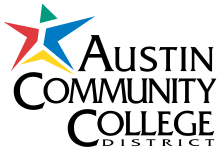 |
| David Rockefeller Fund www.DRFund.org | Austin Community College www.AustinCC.edu |
GOLD SPONSOR
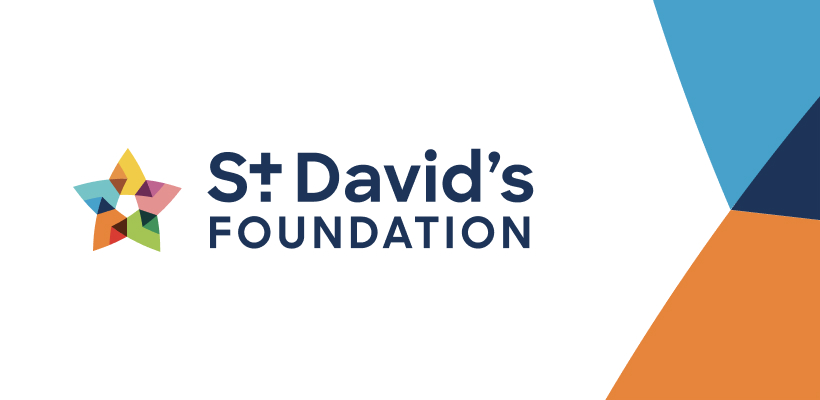 |  |
| St. David’s Foundation www.StDavidsFoundation.org | Soul Matters – Visionary Trademark Law™ www.VisionaryTrademarkLaw.com |
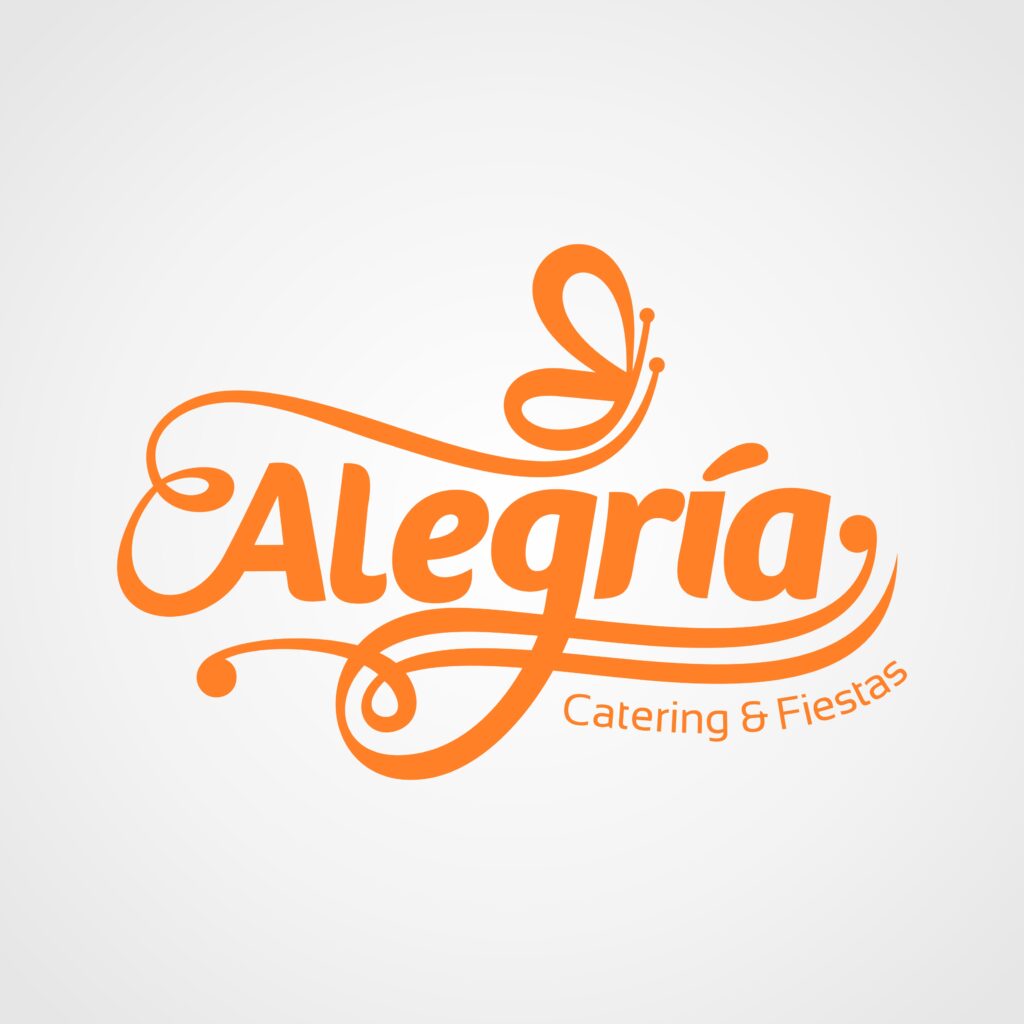 | |
| Alegria Catering & Fiestas |
SILVER SPONSORS
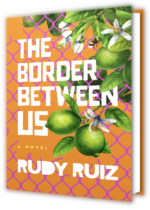 |  |
| Rudy Ruiz www.RudyRuiz.com | Austin Community Foundation www.AustinCF.org |
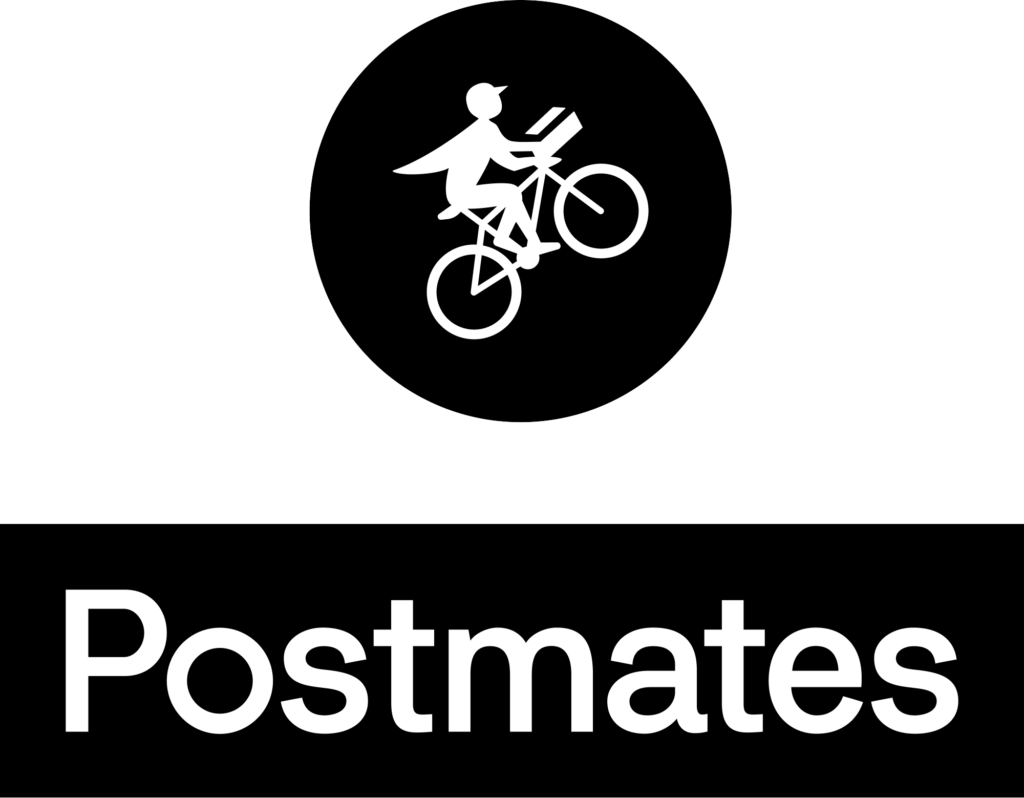 | 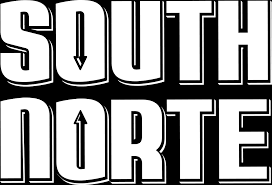 |
| www.PostMates.com | South Norte |
BRONZE SPONSOR
 | 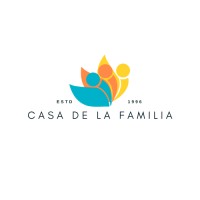 |
| Athena Silversmith www.athenasilversmith.com | Casa de la Familia www.CasaDeLaFamilia.org/home |
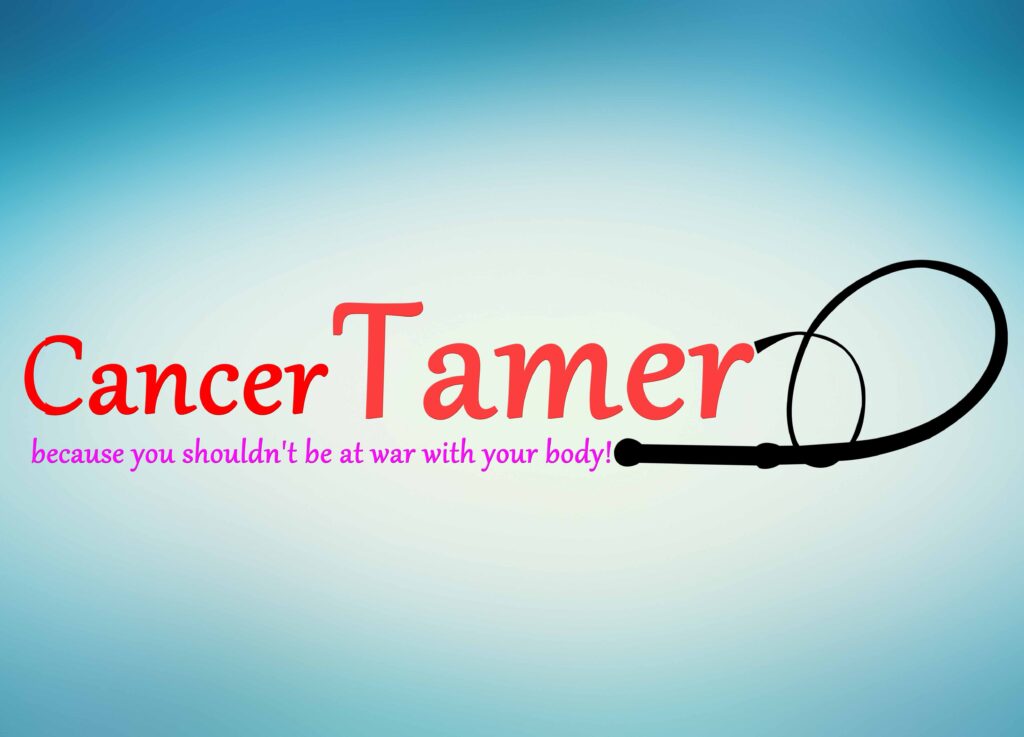 |  |
| Cancer Tamer Foundation www.CancerTamer.org | Jeannie Diaz Yoga www.JeannieDiaz.OfferingTree.com |
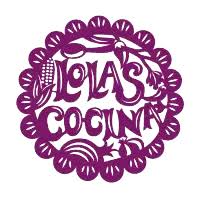 | 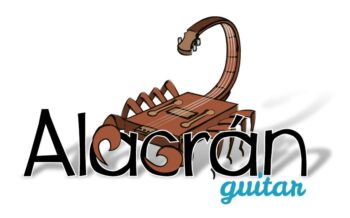 |
| Lola’s Cocina www.LolasCocina.com | Alacran Guitar |

